Pickup truck, police car, black jeep, blue sedan. Aiden Kouhi Habibi doesn’t go anywhere without his toy cars. They’re his No. 1 passion.
When he goes to speech therapy twice a week, his cars come along. And they don’t have to park on the sidelines.
“We use cars every session,” said Meghan Vandewater, CCC-SLP, a speech and language pathologist at the Spectrum Health Zeeland Community Hospital outpatient rehabilitation center.
“Oh my gosh—how creative I can be with cars, it’s crazy,” she said. “Cars taking animals to the zoo. Cars eating the food.”
That creativity keeps Aiden engaged in his therapy and it helps explain the fast progress he’s making with his spoken language skills.
Three years of silence
Aiden, who turns 4 in January, didn’t speak at all during the first three years of his life. In the beginning, his parents thought he was simply a late talker, like one of his cousins. His pediatrician wasn’t concerned either.
But when he reached 18 months and still didn’t talk, Aiden’s doctor referred him to Early On, Michigan’s early intervention program for young children with developmental delays. The Early On specialists who worked with him saw more red flags.
Yet his parents remained hopeful.
“We were just optimistic about Aiden, (that he would) just start talking one day, magically,” his mom, Noushin Moazzami, said. “But it didn’t happen.”
When he turned 3, Aiden started attending a preschool in Holland, Michigan, for children with learning delays and special needs. There he saw a speech therapist twice a week.
His parents noticed a quick change.
“Suddenly after age 3 we saw, like a sponge, he’s repeating whatever we say,” his dad, Maisam Kouhi Habibi, said.
Eager to build on the work Aiden was doing at school, his parents asked their pediatrician for an outpatient speech therapy referral. This led the family to Vandewater in March 2018.
Learning through play
When she first met him, Aiden would imitate some words and short phrases, but he didn’t use language spontaneously, Vandewater said. He scored far below average for his age on her evaluation of his language and social skills.
Vandewater diagnosed Aiden with mixed receptive-expressive language disorder, meaning he had difficulty understanding others’ words and producing speech of his own. She designed a play-based treatment program that required him to interact and communicate with her.
Here’s where cars and other toys came into play.
“I always create an activity or obstacle course in the gym, and I do that to teach him to acknowledge me as somebody who’s playing with him, participating with him,” she said.
“To encourage eye contact, we might jump on the trampoline and count to 10 … and then I’ll say, ‘Aiden, what are you gonna get? … Are we gonna get the gorilla or are we gonna get the lion?’ And he might tell me, ‘Lion.’”
Aiden then has to climb up a ladder, grab the toy lion, take it through an obstacle course and return it to the zoo. All the while, Vandewater models language for him: go up the ladder, climb down the ladder, crawl in, come out. Aiden is learning to use these phrases himself.
His mom, who absorbs as much information as she can from Vandewater each week, incorporates these methods into their home life. When she and her husband play hide-and-seek with Aiden, they use as many prepositions as they can—on, under, behind, inside.
“That teaching part, I think, is really important,” Aiden’s dad said. “The therapy is just 45 minutes, but the fact that parents could be part of that and learn and then implement it during the day” makes the sessions even more valuable.
Embracing differences
Aiden’s parents are elated with the progress he has made so far, especially in light of a new diagnosis he received in May that placed him on the autism spectrum.
They have since enlisted the help of additional therapists to help Aiden in other areas where he struggles, all with the aim of helping him be the best he can be.
Autism isn’t a disease to be cured—and it’s nothing to be afraid of or ashamed of, his parents said.
“It’s just that he’s different,” Moazzami said. “And when you accept that, you just help your kid to be a better version of himself.”
Aiden’s therapies are helping with this—teaching him social skills and how to express his needs.
“I’m just so proud of him, and I love him the way he is,” Moazzami said, smiling. “I don’t want him to change, but I want him to have a better life in this world. To be independent.”
That’s the long-term goal. In the near term, Vandewater continues to develop his ability to comprehend the spoken word and speak for himself. She’s working with him on concepts like following directions, answering open-ended questions and expressing preferences.
Her goals for Aiden have grown more and more complex since he started speech therapy—when all he would say to her was, “No, don’t.” Not only has his vocabulary grown, but he can create short sentences and is learning to use language to interact.
“When I think about him, I get excited. Like how proud I am for how much functional language he’s learned in such a short period of time,” Vandewater said. “Right now he’s high functioning and I think he’ll continue down that track.”
As he moves down that track, his parents’ love—and in all likelihood, his love for cars—will go with him all the way.
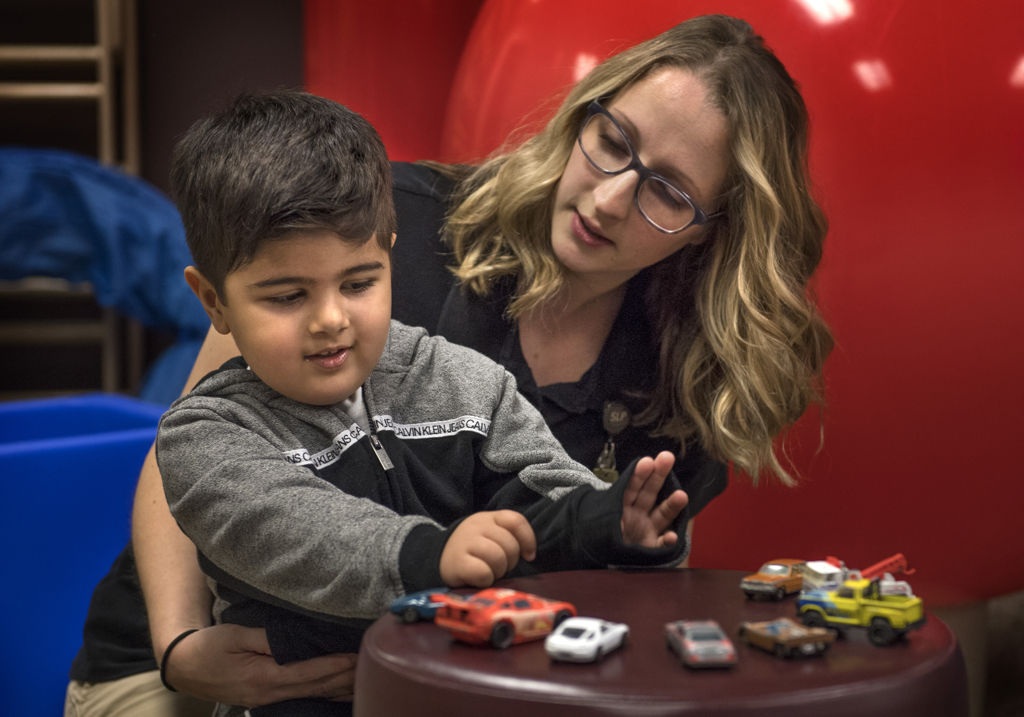
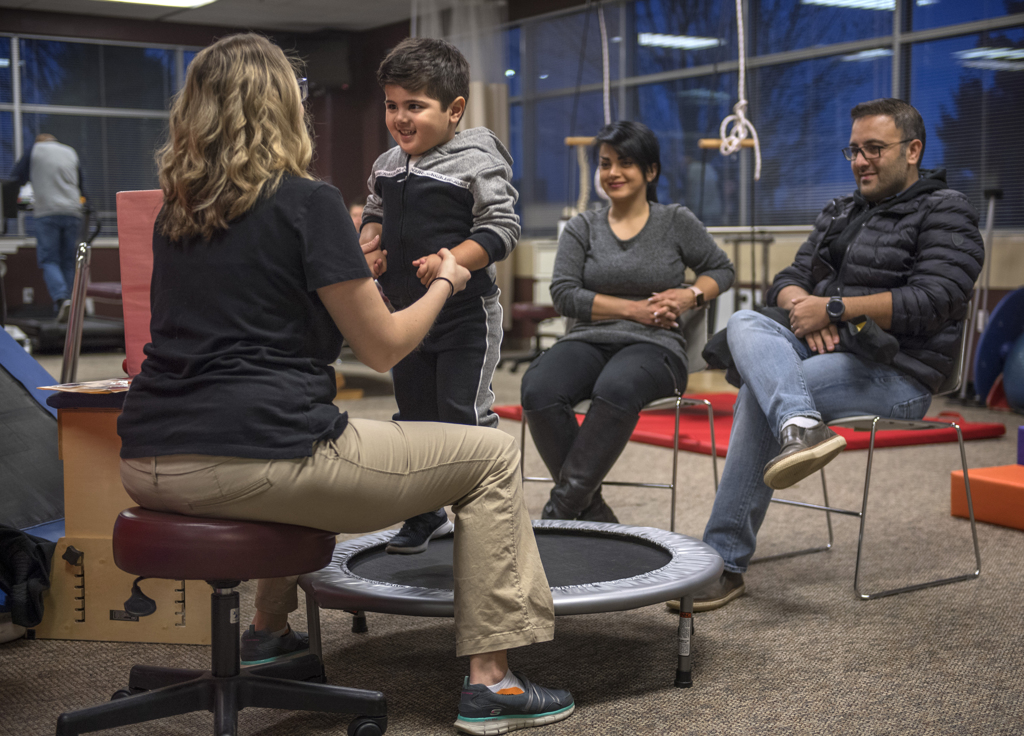

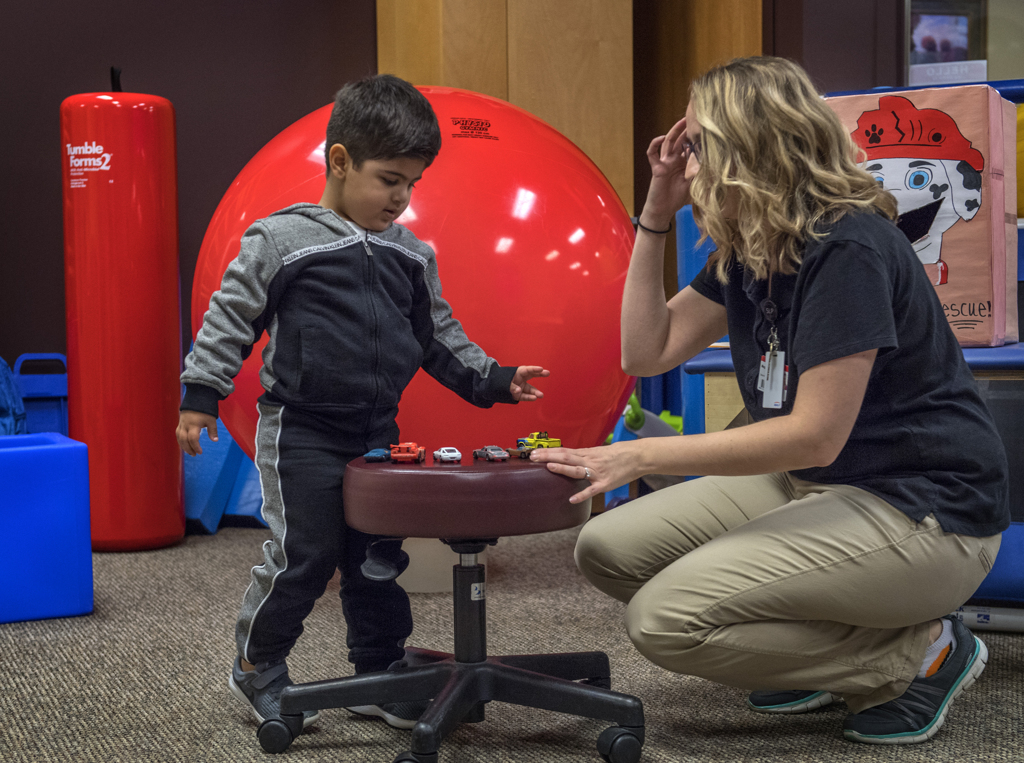
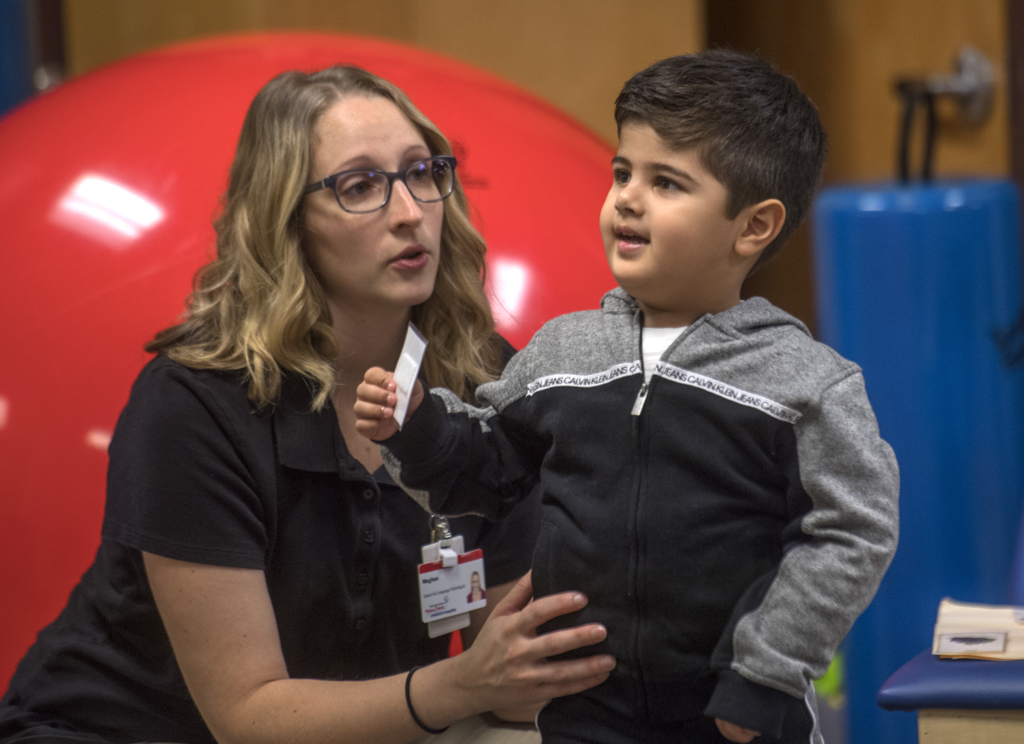
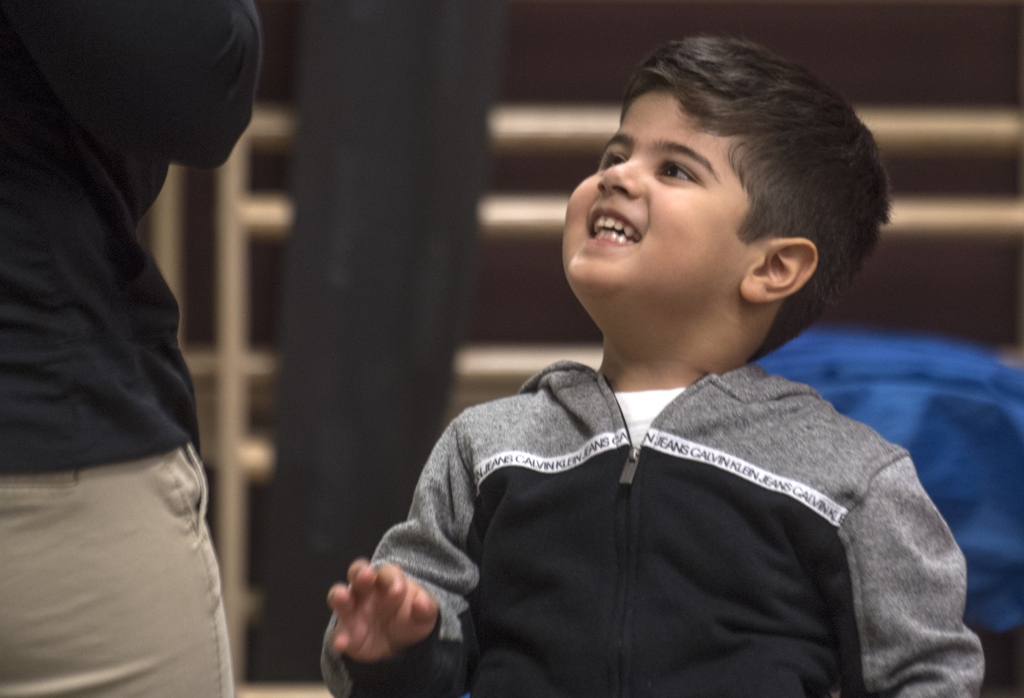

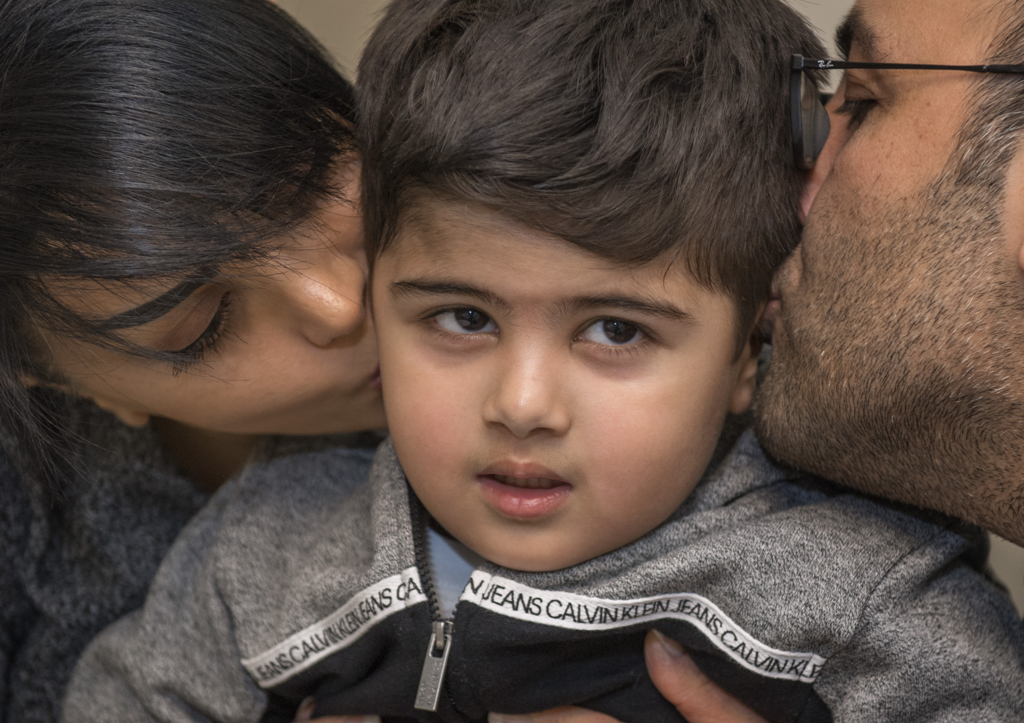


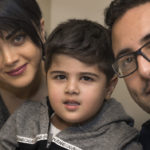
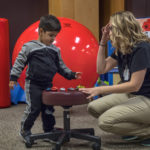

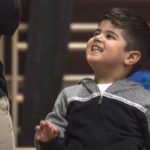
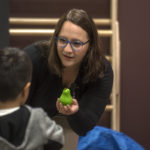

 /a>
/a>
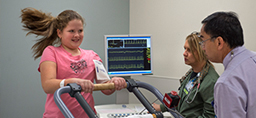 /a>
/a>
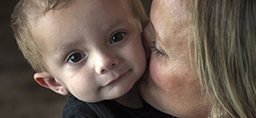 /a>
/a>